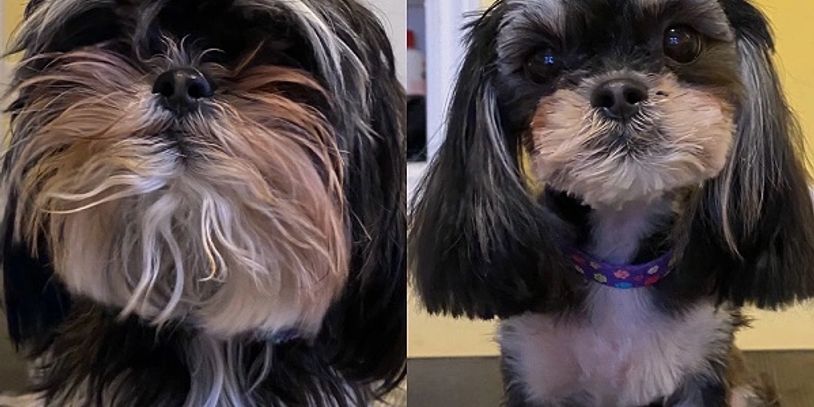Site Content
Dog grooming in Barrie, Ontario

We're known as the home of the gentle groom.
We have 2 groomers for one dog, one who cuts their hair, and the other to coddle and provide confidence to your pup during the process.
Your dog will have a loving experience during the groom and come out comfortable and happy.
We've been grooming dogs in Barrie since 2007.
Come give us a try.
🐶🛁✂️
CASA DOMA Dog Grooming
99 Donald St, Barrie, Ontario L4N 1E6, Canada
(705) 826-6006
Site Content
Other local dog & pet Services
Best Dog Training - Midland, ON
How you train your dog is as important as What you train your dog! The What you will teach your dog are all the words that your dog needs to know to learn a command. The How is teaching your dog in a way that doesn’t quash or dominate your dog’s natural talents and intelligence.
Our Positive Reinforcement Training sessions provides you with the How & What to train your dog.